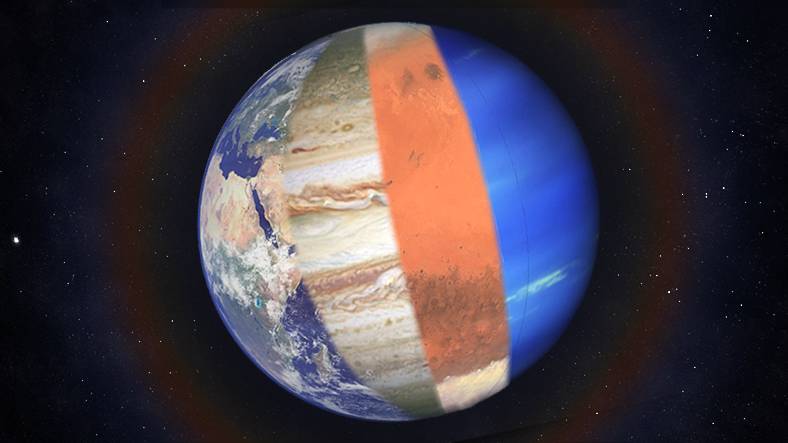The solar system is formed around the gigantic star, the sun, which gives us life; It consists of eight planets which we call Mercury, Venus, Mars, Jupiter, Saturn, Uranus, Neptune and Earth. If we look up from the Earth we live in and look at the sky, we can’t see most of these planets. we compare what we see only with white dots. However, planets have colors.
If you are more or less interested in space or following the media, you must have seen that each of the planets that make up the solar system has a unique color. The studies of NASA and similar institutions and private companies allow us to have much more detailed information about these colors. Bride To the colors of the planets in the solar system and let’s take a closer look at the reasons for the formation of these colors.
Colors of planets in the solar system:
Mercury – Gray
Venus – Brown and Gray
Earth – Blue, brown, green and white
Mars – Red, brown and brown
Jupiter – Brown, Orange and Brown with White Stripes
Saturn – Gold, Brown, Blue and Gray
Uranus – Blue and Green
Neptune – Blue
Mercury – Gray
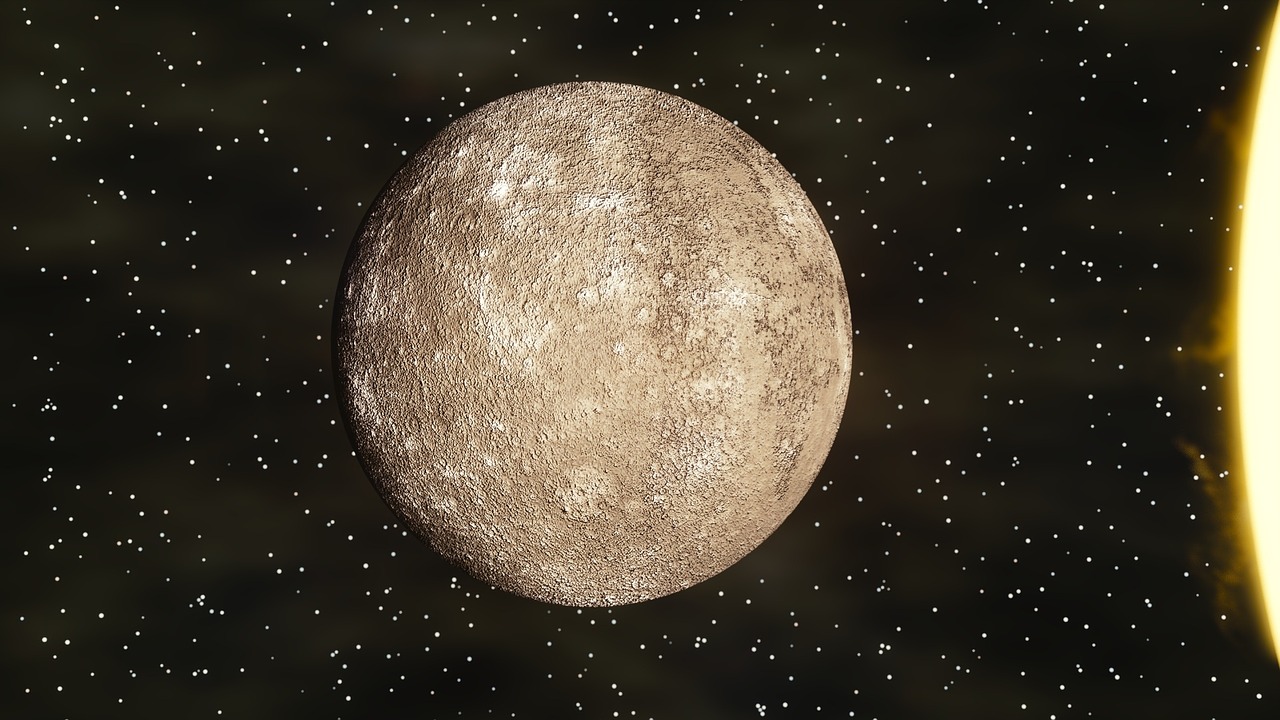
One of the clearest pictures of Mercury, the planet closest to the sun, was taken by the space probe Messenger. At first sight There is a great resemblance between Mercury and the surface of the moon. you can notice. Mercury is a terrestrial planet. With a metallic core, the planet has a rocky mantle. Other components are iron, nickel and silicate rocks. All these combined make Mercury a dark gray color. The color is not affected because the thin atmosphere does not disturb the sunlight.
Venus – Brown and Gray
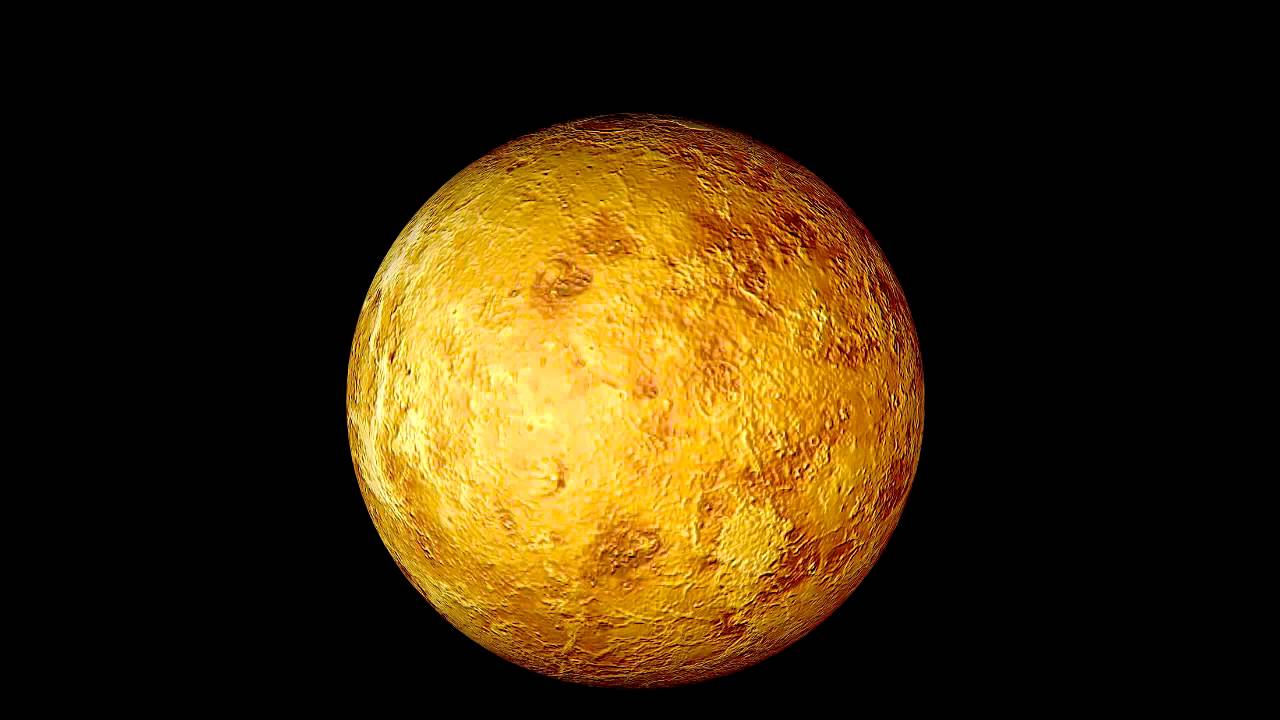
Carbon dioxide, sulfur dioxide and nitrogen make up the dense atmosphere of Venus, one of the terrestrial planets. If we look from the outside We see the color of this atmosphere, not the Earth. Clouds covering the sky and containing dense sulfuric acid reflect 90 percent of the sun’s rays. That’s why we see Venus as yellow. We could see the browns and grays under Venus without the clouds reflecting the sunlight and could even see it with the naked eye from Earth. Due to the dense atmosphere, the color of the surface is solid, as it does not see the sun.
Earth – Blue, brown, green and white
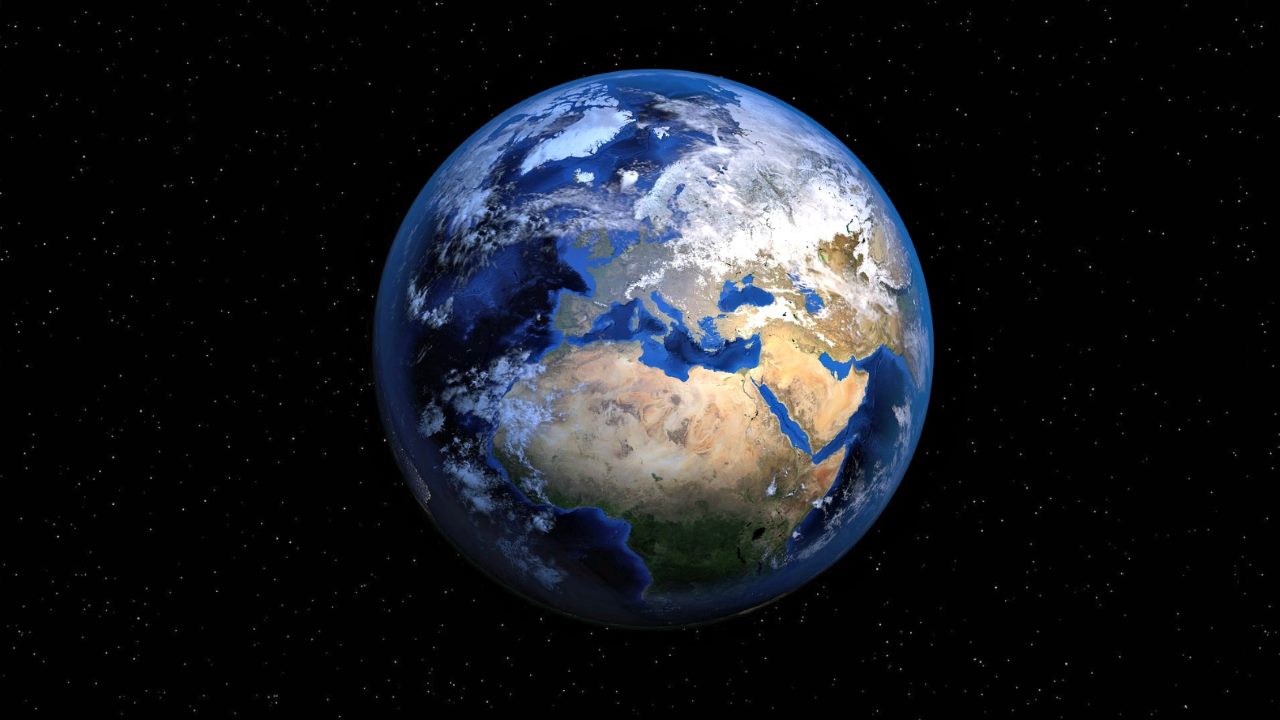
When we look at the photos of our world taken from space, we see a bright blue planet, but it is a known fact that color arrangements are made in those photos. Our planet, 70 percent of which is covered with blue water, turns gray as it passes through the atmosphere’s natural filter, made up of nitrogen and oxygen. The white color comes from the clouds. Depending on the geographic structure of the region you are looking at, earth colors such as green and brown can also be mixed in this color riot. In other words, Earth is a very active planet, even if we look at it from space.
Mars – Red, brown and brown
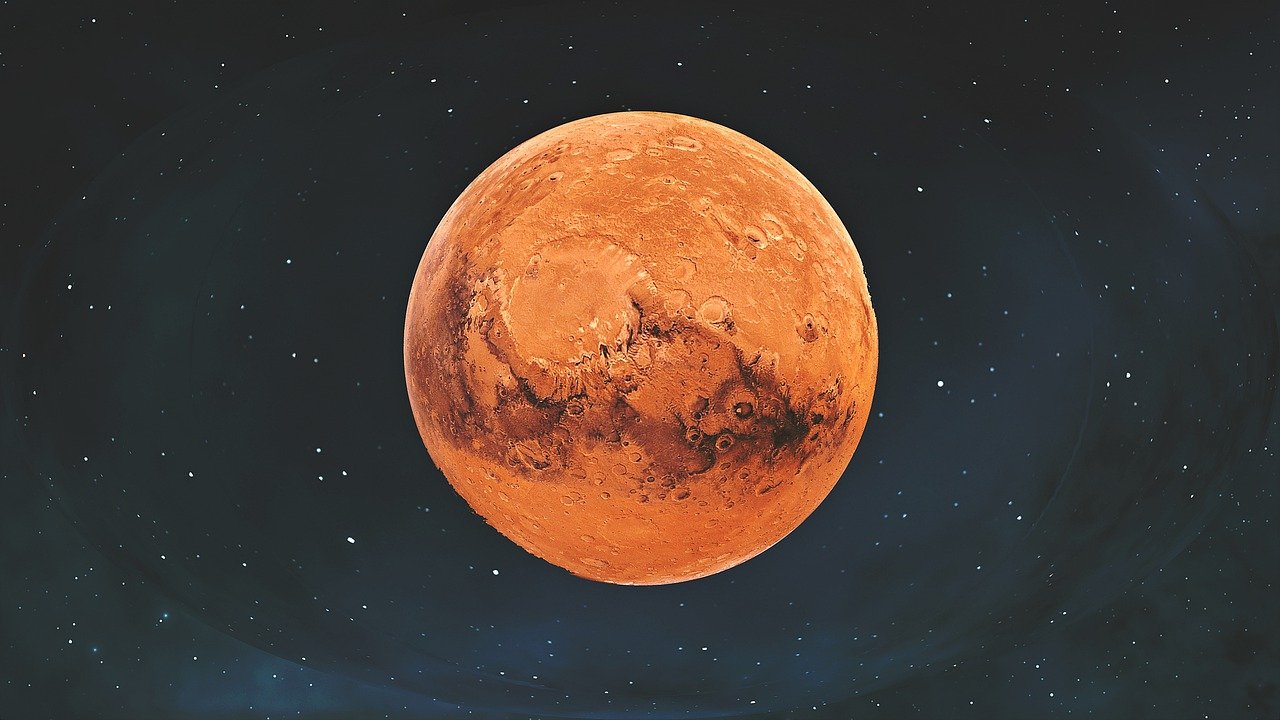
The color of the planet Mars is reddish brown, as can be seen from the nickname of the Red Planet. This color appears as it is because it has an extremely thin atmosphere. The red color is caused by iron oxide. In other words, it wouldn’t be wrong to say that Mars’ rock soil is iron oxide. However, Mars also has poles. These poles, which have different densities at different points on the planet, add a sweet whiteness to the Red Planet. Depending on the density of iron oxide, it is possible to see darker or lighter colors in different regions.
Jupiter – Brown, Orange and Brown with White Stripes

Unlike other planets, Jupiter has striped colors. The fact that white, orange, brown lines create a parallel color rendering. The reason is the storms that occur on the planet. On the planet Jupiter, there are storms that can reach 360 kilometers per hour. This creates a streaky appearance. The orange and white colors of Jupiter, which is rich in components such as hydrogen, helium, water and ammonia, appear as a result of the color change of crystals exposed to ultraviolet rays. These molecules that change color and accumulate are called chromophores.
Saturn – Gold, Brown, Blue and Gray
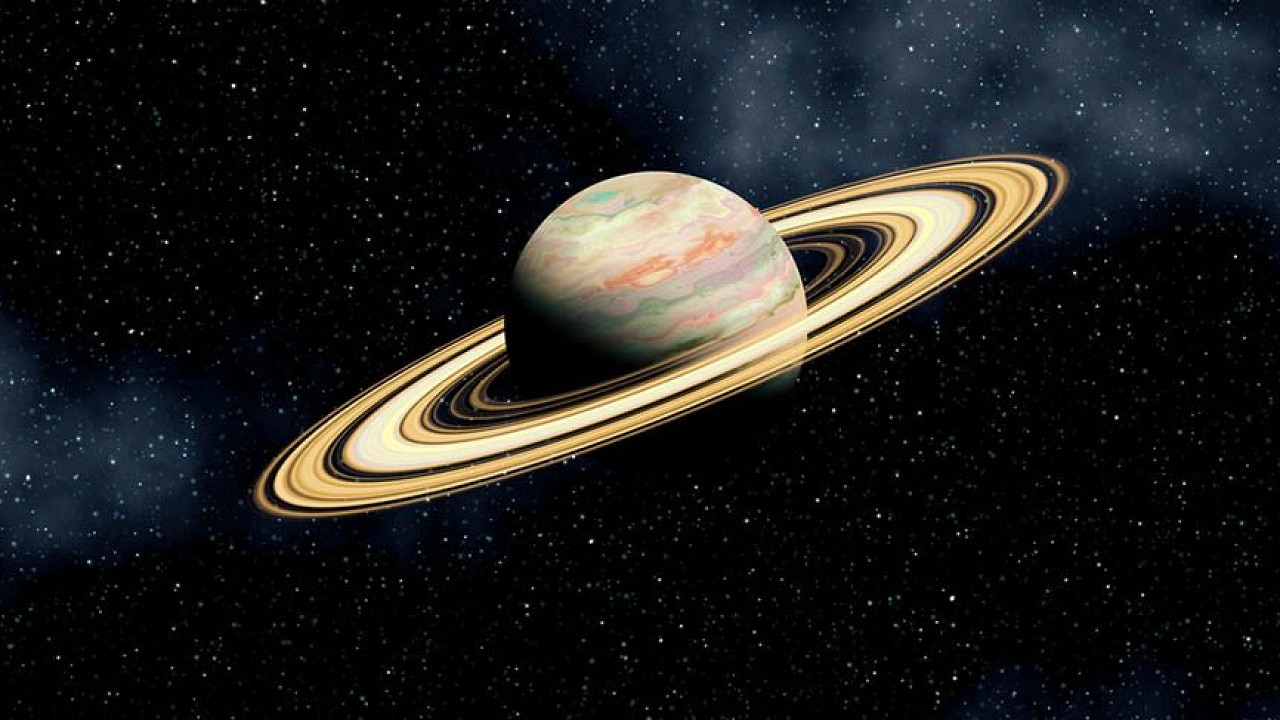
Like Jupiter, Saturn is a gas giant and has a striated appearance, although not as dense as Jupiter. These lines, which are wider in the parts close to the equator, It’s very bland at some points. Rich in hydrogen, helium and ammonia, Saturn’s red clouds are caused by ammonia, which is concentrated in the clouds. These clouds form the outermost layer of the planet. This layer of ammonia clouds turns white when exposed to sunlight. A golden color may appear depending on the intensity of the light and the cloud.
Uranus – Blue and Green
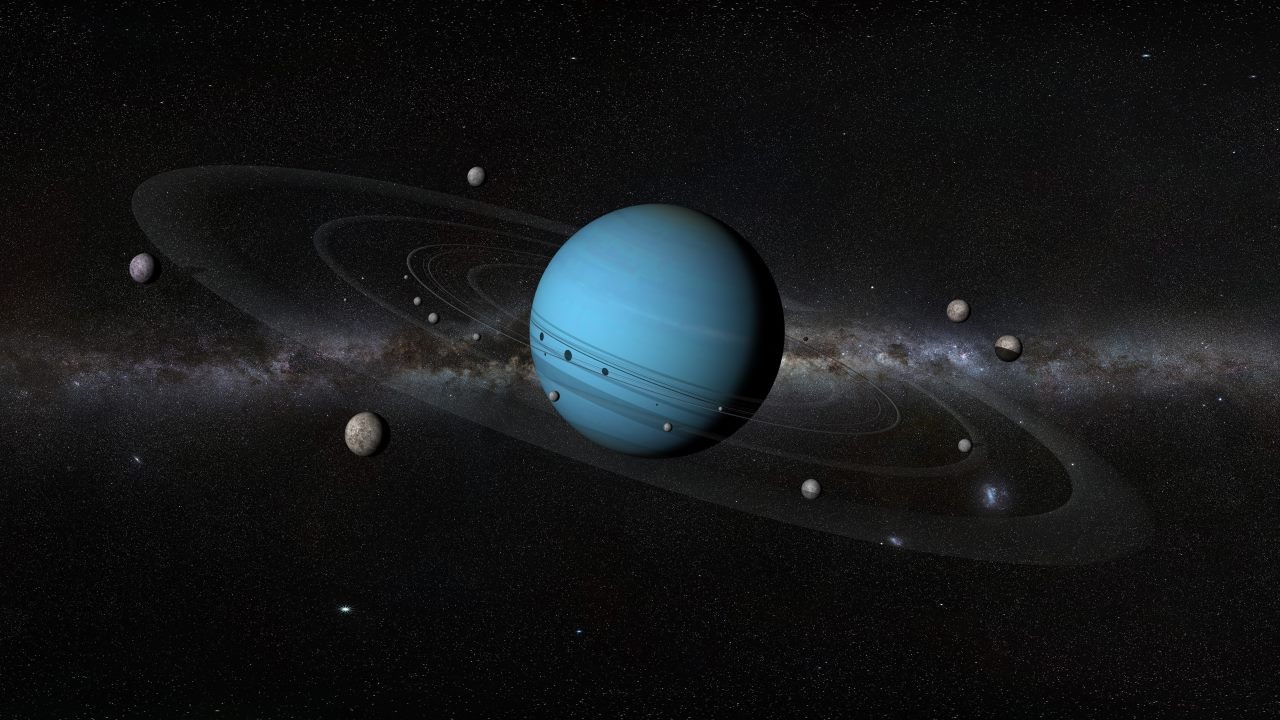
Uranus is an ice and gas giant. Most of the planet’s atmosphere is made up of methane, helium and hydrogen gases. Uranus planet composed of blue and green hues Why is it cyan in color? this is methane gas in the atmosphere. Because methane gas can absorb long wavelength rays, which give red and orange colors, but cannot absorb short wavelengths, which give blue and green colors. When short wavelengths are reflected, a blue and green color is created and a sweet cyan color formed by these two is seen.
Neptune – Blue
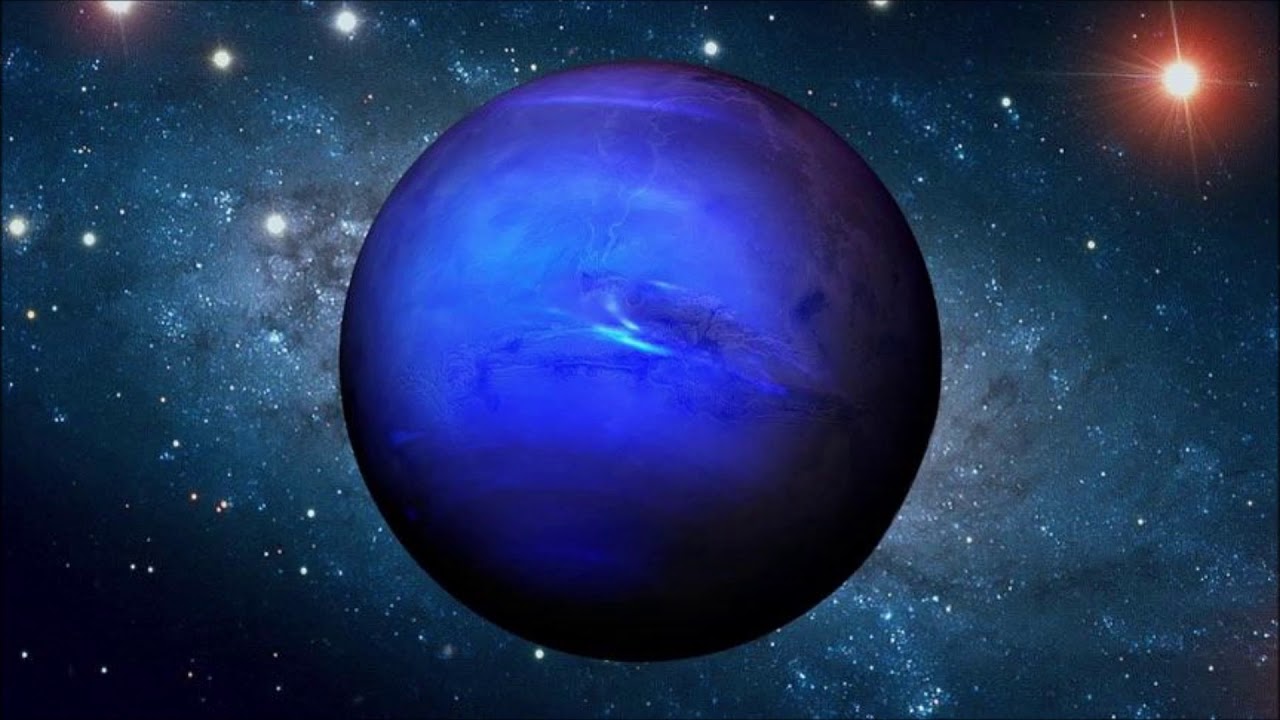
Uranus and Neptune have similar components in structure. Therefore, they are very similar in color. In Neptune, an ice and gas giant, there is intense hydrogen and helium; atmosphere with some hydrocarbons and nitrogen The top layers contain methane gas. Methane gas can absorb long wavelength rays that give red and orange colors, but it reflects the blue color. This is the reason for Neptune’s blue color. Different components and gas densities determine the blue tones.
Conclusion: Why are the colors of the planets different?
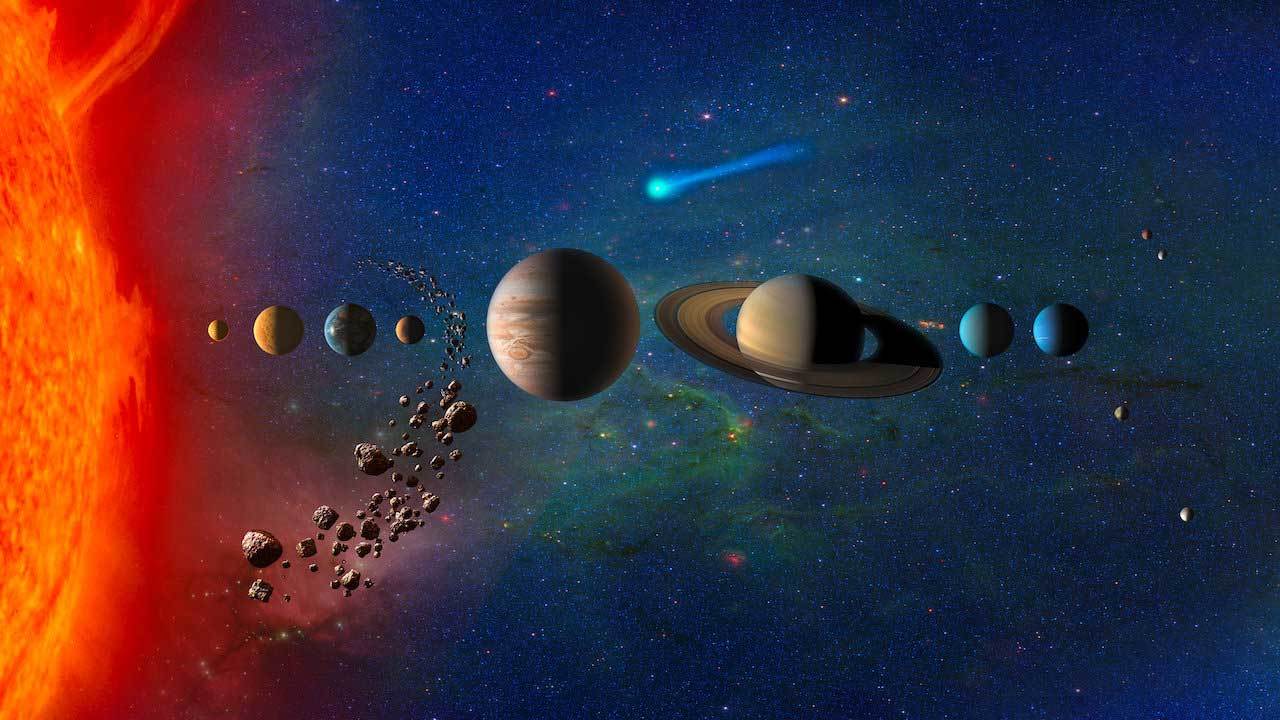
As we said when explaining the details of the causes of planetary colors that make up the solar system. The main reason the planets have different colors is the atmosphere. The structure of the gaseous components that make up the atmosphere, regardless of the length of the light it absorbs or reflects, the color of the planet emerges accordingly.
Other factors that determine the colors of the planet are, of course, the colors of the Earth and the angles of receiving sunlight. Because they reflect sunlight at what angles do they receive this light they are colored accordingly. If they have a thin atmosphere like Mars, this time the atmospheric gases don’t matter and the color of the Earth comes out.
Each is colorful What are the colors of the planets that make up the solar system? By answering the question, we talked about the reasons these colors reveal. Who knows what colors there are in other parts of the universe that we haven’t seen yet. You can share your thoughts on the topic in the comments.
Click now for an affordable Disney+ membership!







